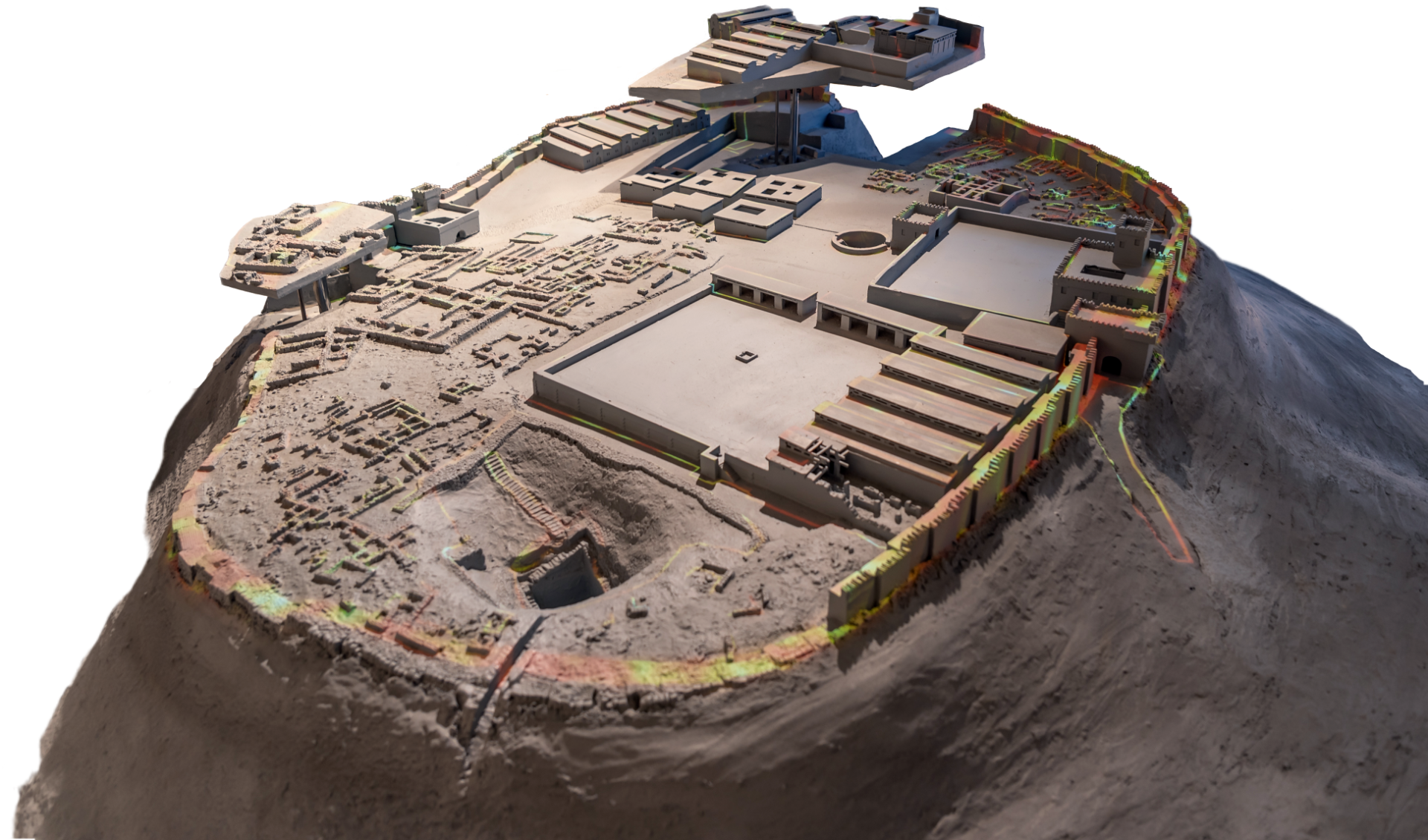What is…
Megiddo
also known as: Megido, Megiddon
Hebrew: מְגִדּוֹן —transliteration: Mgiddown —meaning: place of troops
This place was originally one of the royal fortified city-states of the Canaanites (Joshua 12:21), and later belonged to the tribe of Manasseh (Judges 1:27), but does not seem to have been fully occupied by the Israelites till the time of Solomon (1 Kings 4:12; 1 Kings 9:15).
Megiddo is mentioned by name 12 times in Scripture and is located southeast of Nazareth.
Plain of Megiddo
also known as: Valley of Megiddo, Valley of Jezreel, Plain of Jezreel, Plain of Esdraelon
Wars of the plain of Megiddo
The valley or plain of Megiddo is part of the plain of Esdraelon, the great battlefield of ancient Israel. Many battles were fought here.
Battle between Deborah and King Jabin of Hazor
It was here Barak gained a notable victory over Jabin, the king of Hazor, whose general, Sisera, led on the hostile army. Barak rallied the warriors of the northern tribes, and under the encouragement of Deborah, the prophetess, attacked the Canaanites in this great plain.
The army of Sisera was thrown into complete confusion, and was engulfed in the waters of the Kishon River, which had risen and overflowed its banks (Judges 4:5).
Battle between King Josiah and Pharaoh Neco (Necho)
II Kings 23:29, 30
Many years after this (610 BC), Pharaoh Neco II, on his march against the king of Assyria, passed through the plains of Philistia and Sharon; and King Josiah, attempting to bar his progress in the plain of Megiddo, was defeated by the Egyptians.
He was wounded in battle, and died as they bore him away in his chariot towards Jerusalem (2 Kings 23:29; 2 Chronicles 35:22-24), and all Israel mourned for him. So general and bitter was this mourning that it became a proverb, to which Zechariah (2 Chr. 12:11-12) alludes.
Battle between King Saul and the Philistines
Now the Philistines gathered together all their armies to Aphek, while the Israelites were camping by the spring which is in Jezreel. —1 Samuel 29:1
Now the Philistines were fighting against Israel, and the men of Israel fled from before the Philistines and fell slain on Mount Gilboa. —1 Samuel 31:1
King Ahab, Jezebel and Megiddo
King Ahab, ruler of the northern Kingdom of Israel (9th century BC), fortified and developed Megiddo through major construction projects.
Archaeological evidence attributes key structures to his reign:
A sophisticated water system (shaft and tunnel for secure access)
Fortifications
Large complexes (often called “stables,” possibly for chariots, though debated)
These reflect Megiddo’s role as a key chariot city under Ahab’s powerful military.
King Ahaziah (Ahab’s son) fled wounded to Megiddo and died there (2 Kings 9:27).
Archaeology
The excavation site is called Tel Megiddo (aka Tell el-Mutesellim)—a 200 foot (60 meter) high mound of successive ruins.
A Christian archaeological video describes this ancient city: “On the Prophets and Kings of Israel” (“Innocent Blood,” part of the Faith Lessons video series).
“When evil dominates society as it did at Megiddo, it’s a wake-up call for Christians to fight for righteousness.”
More Information
- ILLUSTRATED ARTICLE: “Megiddo, The Place of Battles,” David G. Hansen PhD, Associates for Biblical Research (a Christian Answers team member site)
- Other mentions of Megiddo in ABR articles
- What is Armageddon?
- What is the Jezreel Valley?
- What is Jezreel?
- What is the Plain of Esdraelon?
- What is Hadad-rimmon—a place in the Valley of Megiddo?
- Who are the Canaanites?
- Who are the Canaanites?
- Who and what is Canaan?
- Who is Deborah?
- Who is Jabin?
- Who is King Josiah?
- Who is Pharaoh Necho (Neco)?
- Who is King Saul?
- Who is Barak?
- Who is Jabin?
 What are the Cities of the Bible? Names, descriptions, locations and types
What are the Cities of the Bible? Names, descriptions, locations and types- Places in the Bible
- War in the Bible
- Armies in the Bible
